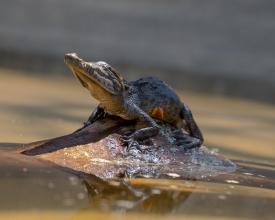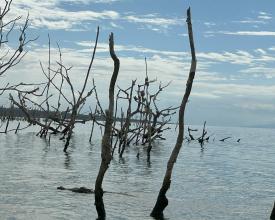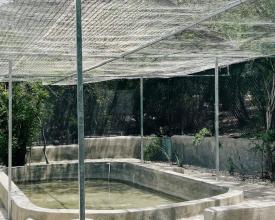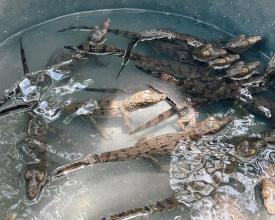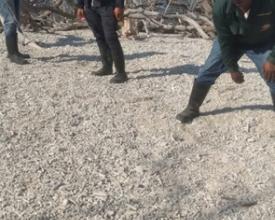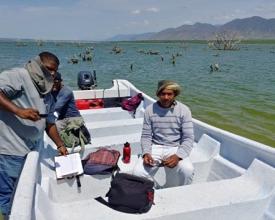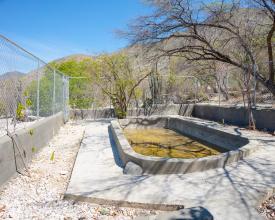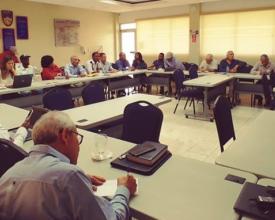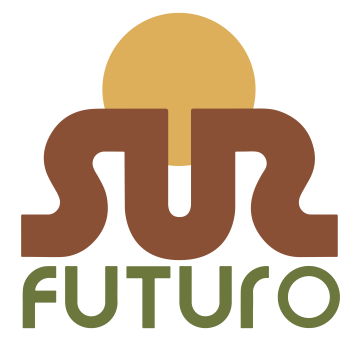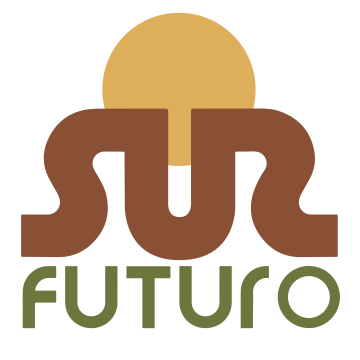
Program for the Recovery of the Climate-Affected Crocodylus acutus population in Enriquillo National Park with Community Engagement
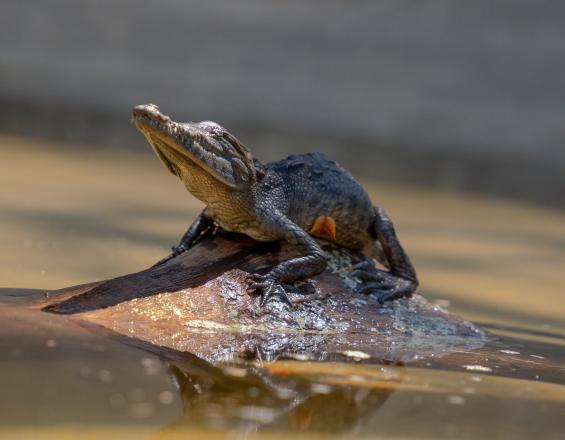
This project aimed to kickstart the recovery of Crocodylus acutus, a threatened species in the Dominican Republic only present in the protected area of Lake Enriquillo, the largest saline lake in the Caribbean host to a rich biodiversity in both fauna and flora and the first RAMSAR site in the country. The lake and its ecosystems are experiencing the impacts of climate change, while the surrounding communities also face significant challenges due to limited availability of sustainable livelihood activities. Among the program's achievements, a continuous monitoring effort for the species' presence was launched, infrastructure for breeding and releasing neonates was established, and local communities were involved through educational activities to raise awareness about the area, along with training for park guides and rangers.
Context
Challenges addressed
The Lago Enriquillo National Park, a protected area of 404m2 in Dominican Republic, is characterized by exceptional natural conditions, centered on a lake located 40 mts below sea level containing small islands. Its waters are hypersaline, varying according to the contribution of fresh water entering the lake. This protected area hosts an important and unique biodiversity, of both flora (dry forest ecosystems, mangroves and wetlands or swamps) and fauna, including the largest national population of the American crocodile(Crocodylus acutus), in critical danger under the National Red List and in vulnerable status according to the IUCN. Regarding the level of threats, the lake and its banks are experiencing the impacts of climate change and are surrounded by communities with precarious livelihoods. The crocodile population particularly presents difficulties for breeding, nesting and refuge sites for neonates because of the decrease of freshwater sources due to floods, droughts and unsustainable agricultural activities.
Location
Process
Summary of the process
The protection of endangered species must be approached with a multi-pronged methodology: first of all, good information is necessary to implement feasible solutions, the proposed solutions must take into account both local conditions and international experiences, and all actions are only sustainable if complemented with the integration of local communities, building on pre-existing governance structures.
Building Blocks
Monitoring
A consistent monitoring program was set up in coordination with the Viceministry of Biodiversity and Protected Areas, where every month biologists would visit the nesting site areas, and trained the park rangers on site to contribute to the replicability. The data that is generated identifies both climate and human-related risks, and measures the impact year to year of the ongoing project to augment the crocodile population.
Enabling factors
Availability and dedication of specialists
Availability of resources
Integration of local park rangers
Lesson learned
To ensure success of these actions, long-term monitoring programs must be setup with adequate resources. It's also necessary to deepen the knowledge of nesting practices and the impacts of climate change related fluctuations in water and salinity levels.
Innovation
In order to recover the population of the species Crocodylus acutus, a "Head Start" pilot program was implemented, with support from IUCN specialists and based on experiences in other countries. This program included training, supply of equipment and supplies and infrastructure with the construction of two neonatal shelters (pools). This program is closely linked to the monitoring of nesting sites. Biologists observe nesting sites, and count and mark each neonate. Some of the newborns are then moved to the pools for a foster program where they are protected from natural and human predators until they reach the critical size to fend off natural predators.
After some trial and error runs, the program has been successful in duplicating natural conditions for the fostering of the neonates, and approximately 25 individuals will be released into the wild this year, to offset the impacts of climate variablitily on breeding and nest sites and decreased populations.
Enabling factors
Resources
Availability of specialists
Time allowed for the learning process
Lesson learned
It is vital to understand natural conditions for breeding and growth in order to design effective protection and breeding programs.
Community engagement and governance
Several actions were implemented through the Jaragua-Bahoruco-Enriquillo Biosphere Reserve, and specifically through its sub-councils that represent the local governments and surrounding communities in the Independencia and Bahoruco provinces of the Dominican Republic.
- Activities to increase awareness of the area and its importance to leaders and key community members
- Information material about the PA (posters, murals, infographics) prepared and distributed in key places (schools, churches, public centers, local public, private organizations and society)
- Training for local guides, to bolster ecotourism activities and alternative livelihoods
Enabling factors
Community engagement
Support from both national and local government leaders
Lesson learned
Reaching out to already existing structures
Providing resources to impoverished communities
Impacts
Due to the nature of this program, the impacts on the crocodile population and other associated biodiversity factors will be measurable in the medium term. In the short term, the infrastructure-both physical and related to the monitoring program-has been established and is now fully operational, even after the finalization of the project, serving as a solid foundation for future research. Additionally, raising awareness within the community has been notable, as direct threats from human activities have significantly decreased, according to monitoring results and local testimonies. Furthermore, other related activities have led to increased visitation to the area, providing the local population with alternative sources of income.
Beneficiaries
Park rangers: received training and equipment to improve their efficiency
Local communities on the shores of the lake: benefit from services provided to ecotourism
Ministry of Biodiversity and Protected Areas: received resources and participated directly
